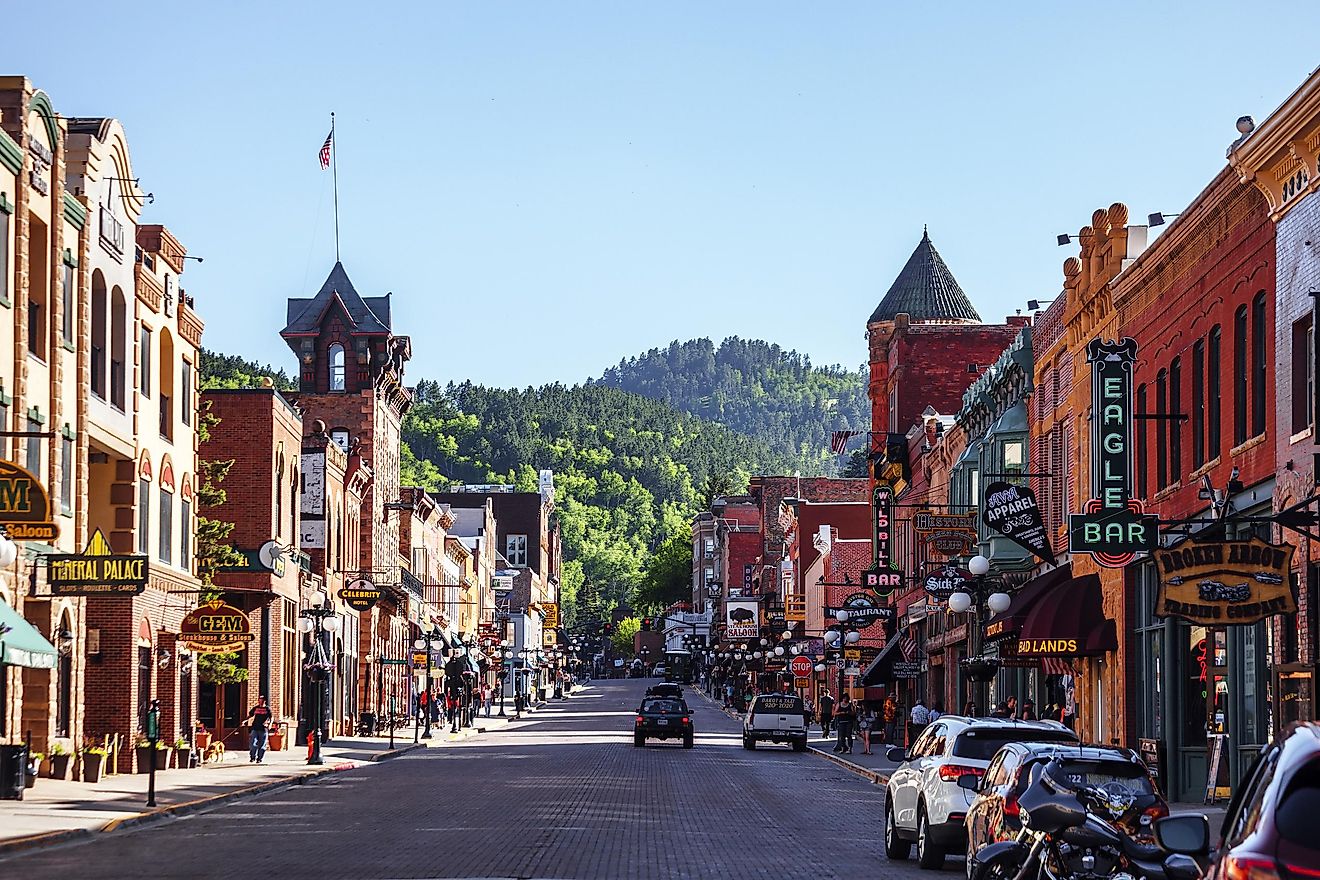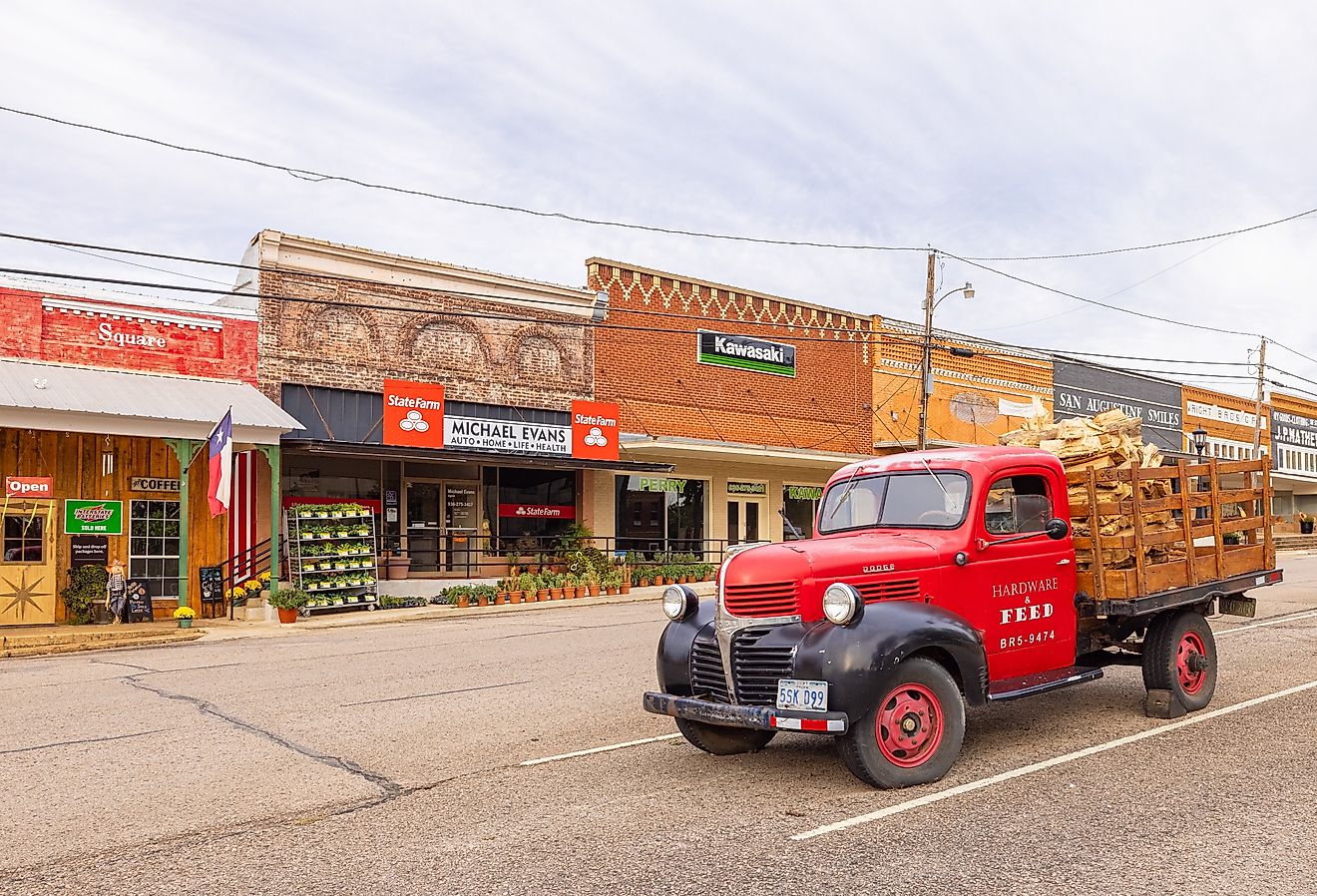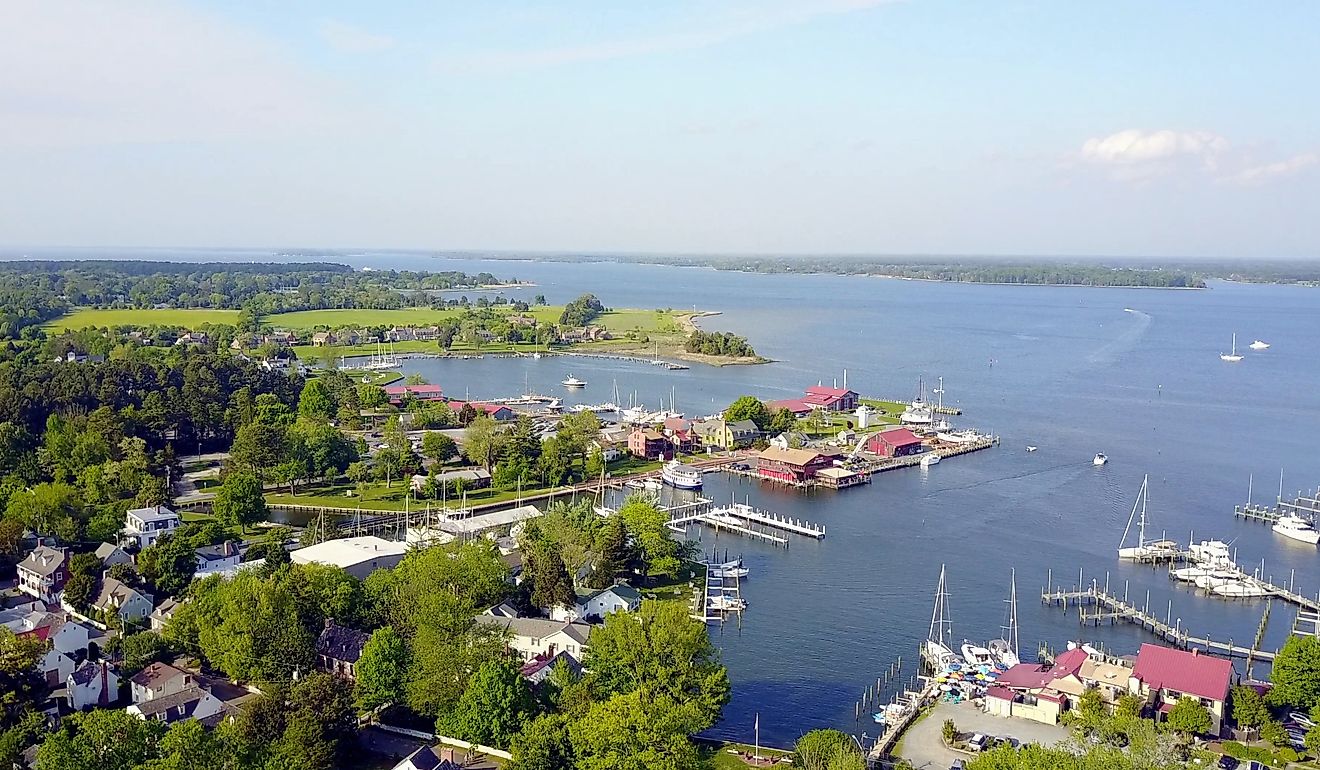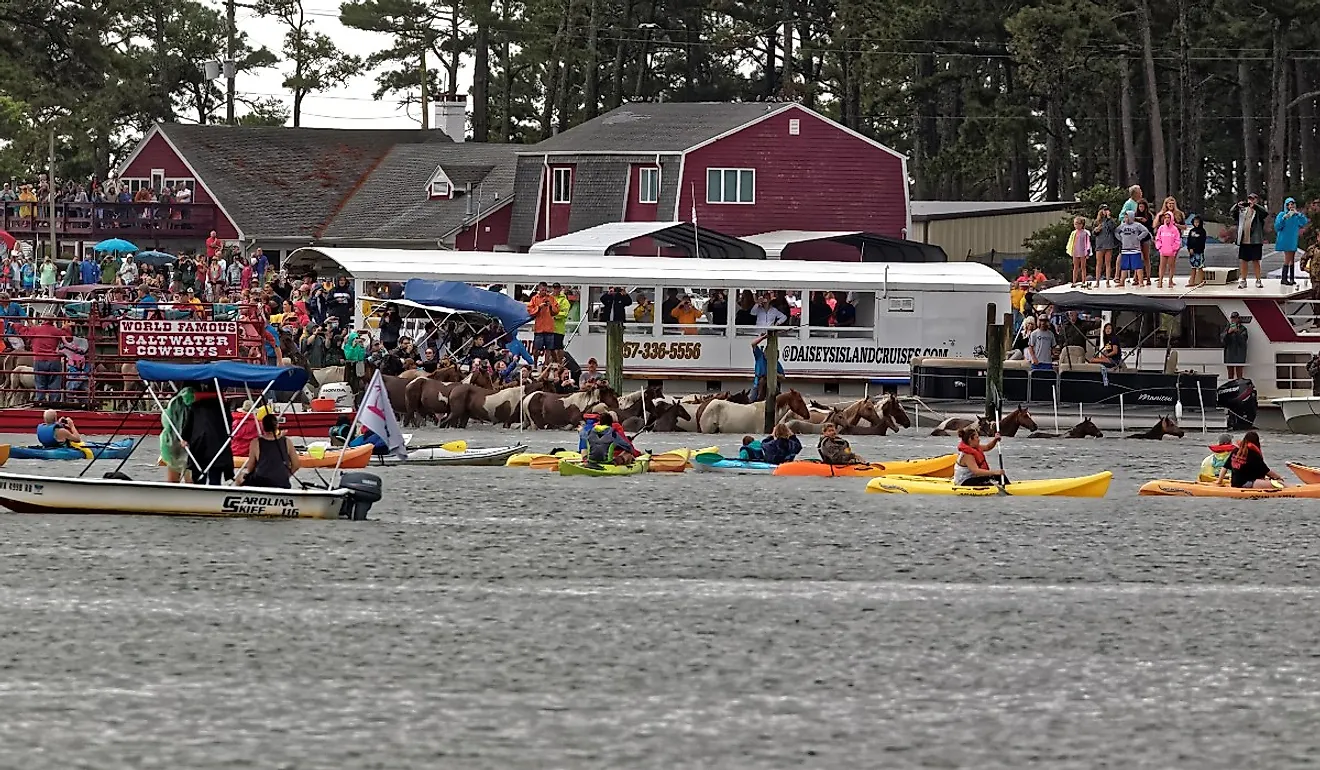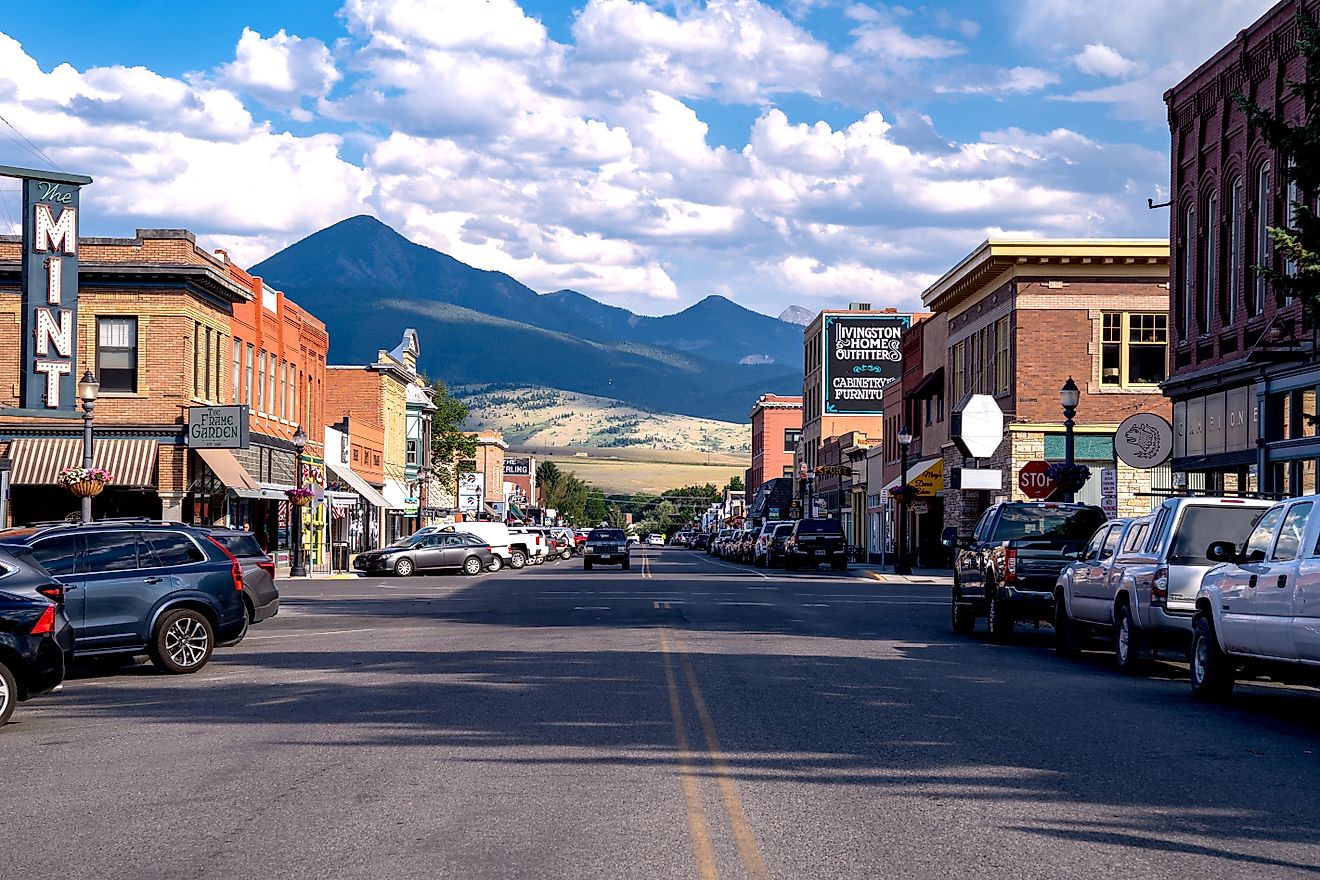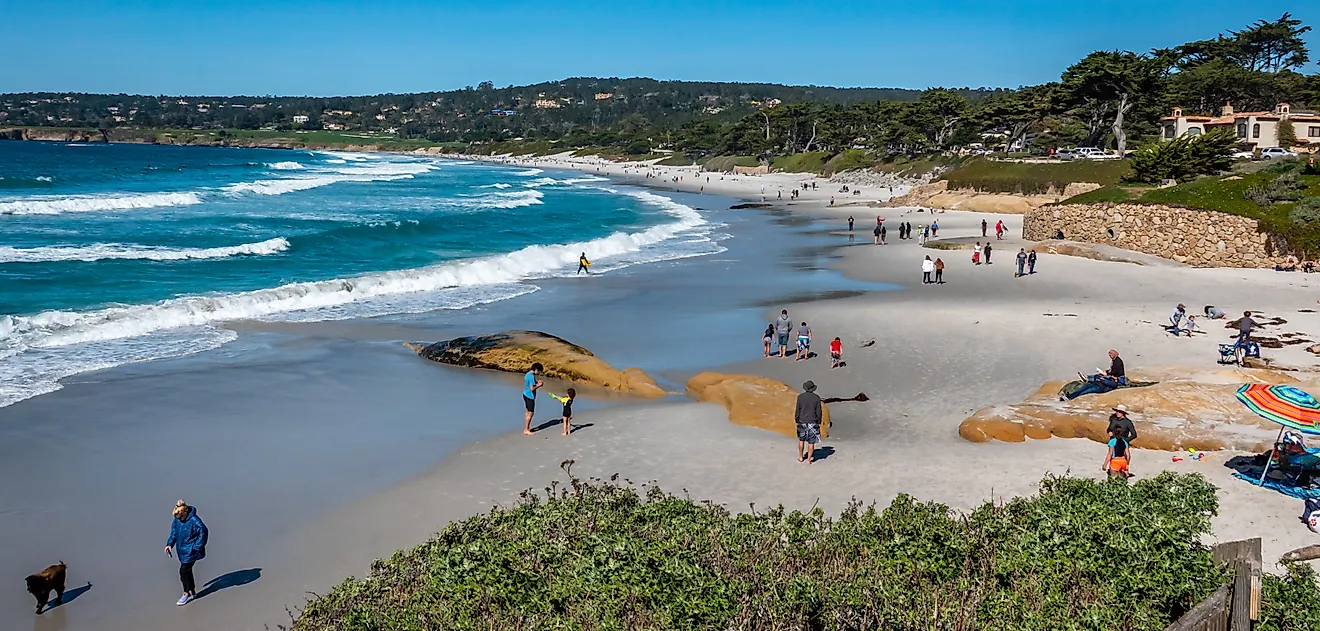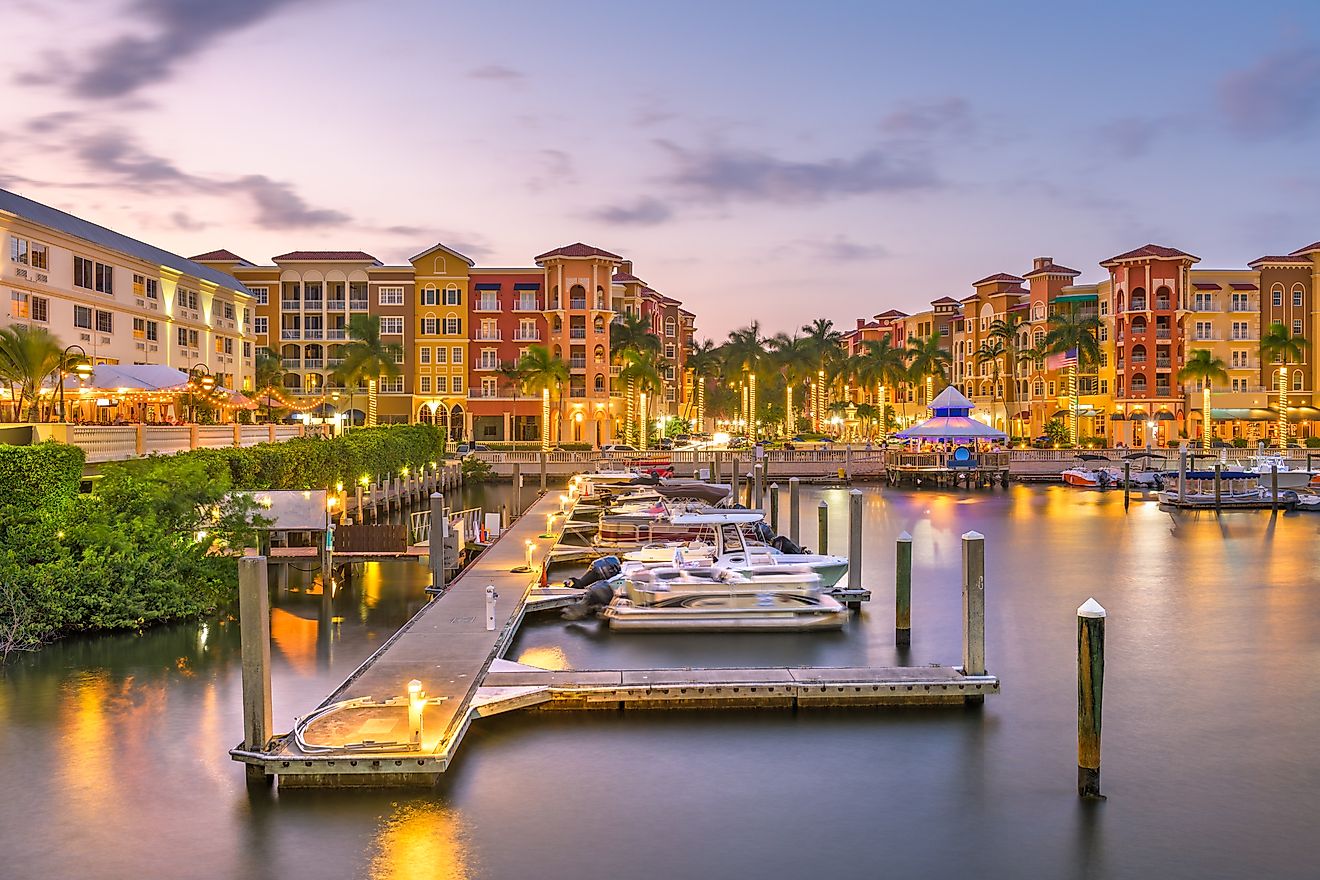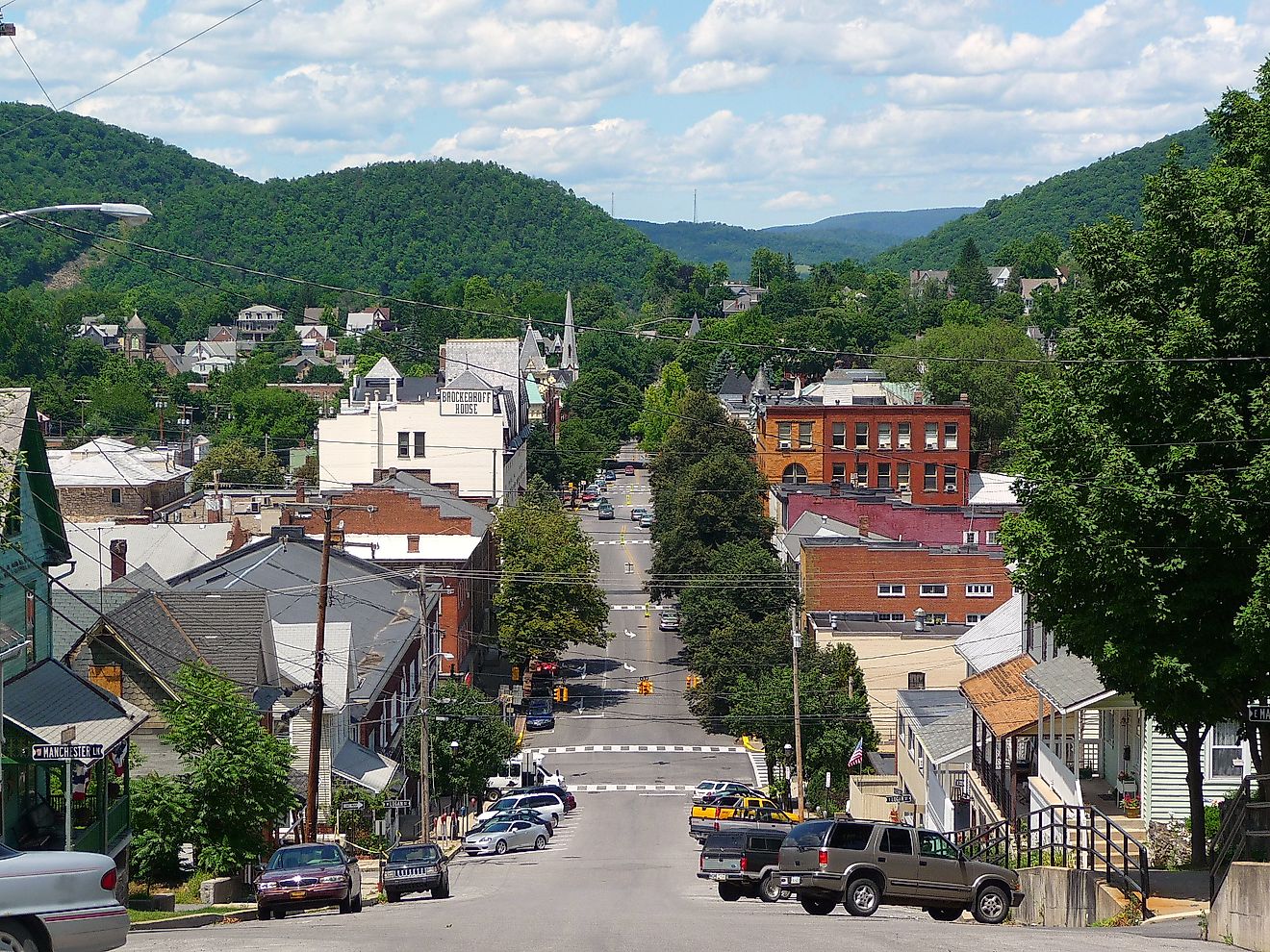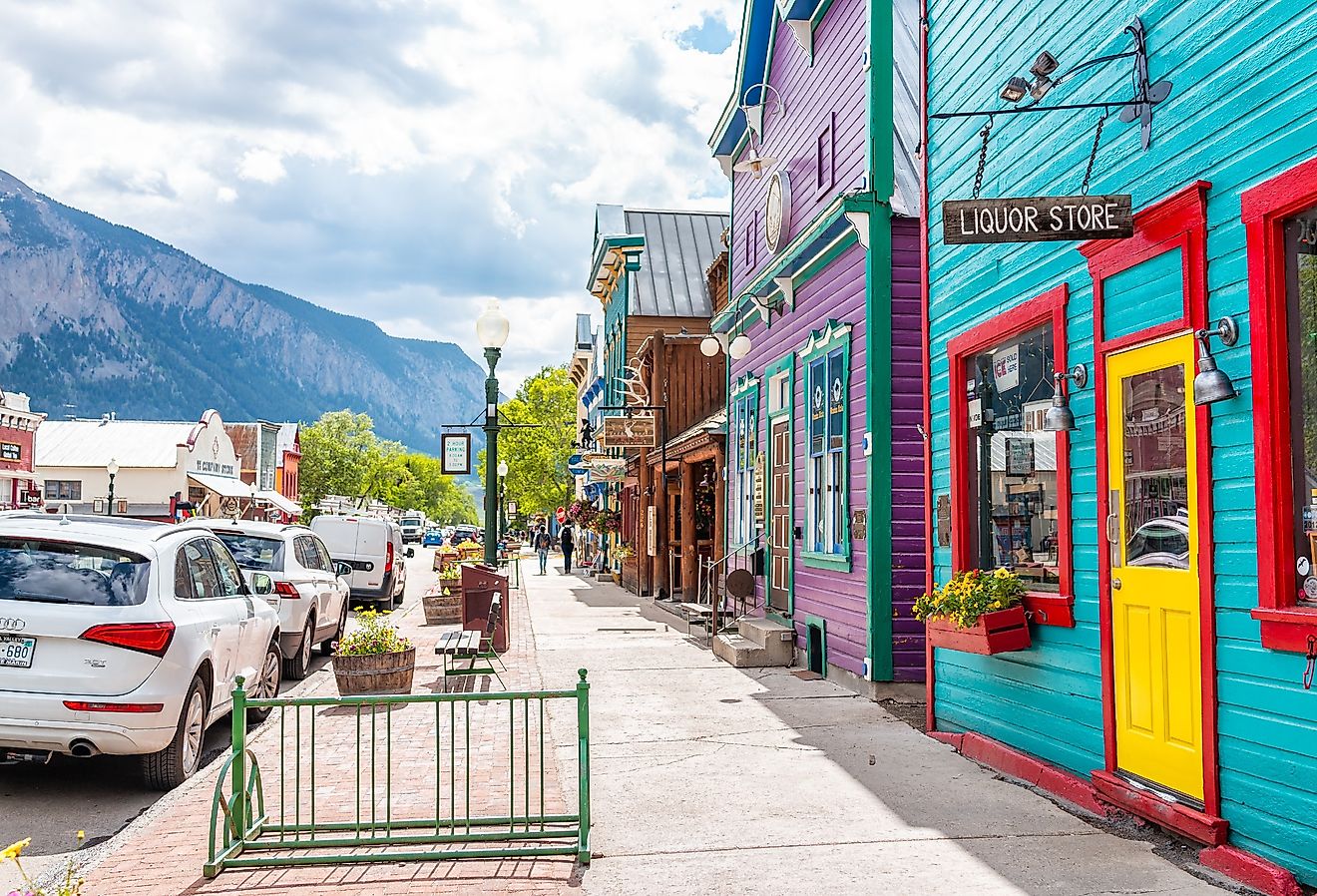
Hatteras Island
Hatteras Island is a barrier island offshore from North Carolina, United States of America. It forms part of North Carolina's Outer Banks and divides the Atlantic Ocean from Pamlico Sound. Known as the "Blue Marlin Capital of the World," Hatteras is popular for fishing, surfing, kiteboarding, and windsurfing.
The Island includes the communities of Rodanthe, Waves, Salvo, Avon, Buxton, Frisco, and Hatteras and a population of around 4,500 people. It also encompasses a large portion of the Cape Hatteras National Seashore.
Landscape And Geography Of Hatteras Island

The island itself has a land area of just over 85 square kilometers. It is part of Dare County and Hyde County. It is one of the longest islands in the contiguous United States and is 68 kilometers long when measured in a straight line end to end. The island is narrow and continues to become narrower as sea levels rise and erosion breaks down the natural coastline.
History Of Hatteras Island
Before European colonization, Croatoan indigenous people inhabited the island. These people were part of one of two tribes, known as the Hatterask and the Kinnakeet. The central village at that time was known as Croatoan, which is modern-day Buxton, from which the people received their name, and the island is sometimes still referred to as Croatoan.
It is generally thought that the first settlers on Croatoan were those originally from a Roanoke colony, established by John White. White returned to this colony in 1590 and found no trace of the former settlement, rather a carving of the word Croatoan, which implied the people had relocated there.
Visiting The Hatteras Island
Maintaining the old world feel of the Outer Banks, Hatteras Island is popular and has been developed less than many other areas in the region, allowing for a glimpse of untamed wilderness. Still, various amenities and comforts also exist to ease travel. Generally, the feeling on the island is one of slowing down and taking in a simpler lifestyle.

Two prominent lighthouses still shine out over the sea along the shoreline: the Bodie Island and Cape Hatteras Lighthouses. Bodie Island was built in 1872, is 47.5 meters tall, and looks out of Roanoke Sound. It was added to the National Register of Historic Places in 2003. Cape Hatteras Lighthouse is located in Buxton and is part of the National Seashore. It is taller than Bodie, measures nearly 59 meters, was built in 1870, and was added to the NRHP in 1978. Sportfishing is popular in the area due to the proximity of the Gulf Stream, which lies only 24 kilometers offshore. Chartered fishing boats take anglers and fish enthusiasts to sea from the Oregon Inlet or Hatteras Village for impressive fishing excursions. Common species include Mahi Maho, Wahoo, Yellowfin Tuna. Sailfish. and White and Blue Marlin. Similarly, Pamlico Sound offers alternative fishing opportunities, as do the creeks and marshes in the area, and wooden fishing piers in Rodanthe and Avon are also well populated with visitors and locals alike.
Water sports such as surfing, kiteboarding, and windsurfing are also common offshore. The water conditions are consistently good for surfing, and the winds around the peninsula make for excellent kite and wind sailing experiences. Kayaks and paddleboards are also a great way to take in the coastline and local wildlife in the quieter bays and inlets. Horseback riding can also be done on the island, or visitors can take in the natural wildlife from their boats or on land.
Cape Hatteras National Seashore And Wildlife

The Seashore, though a protected space, is not just open wilderness. Campgrounds exist here, but so do many of the recreational activities listed above. One of the main reasons the Seashore is protected is for the wildlife. A variety of animals live onshore and in the waters around the island. One such species is the green sea turtle, an endangered species of turtle that nests and lays its eggs along the island's sandy beaches. The Seashore helps preserve the nesting habitat and ensure the eggs in the nest are not poached by other animals or lost to tides and environmental factors.
Similarly, several marine birds or migratory birds flock to the shores. These include sea birds like gulls, pelicans, black skimmers, and oystercatchers. Marine mammals in the area include seals, which sometimes rest along the beaches, and dolphins and whales that can be seen not far from the coast, basking in the warm gulf waters.
The island is an ideal mixture of colonial charm, untamed wilderness, natural wildlife, and recreational fun. Whether strolling along a beach, climbing a lighthouse, or kayaking along the coast, visitors can take in the quiet and beauty of this prominent barrier island and the natural wonders on North Carolina's coastal lands.

